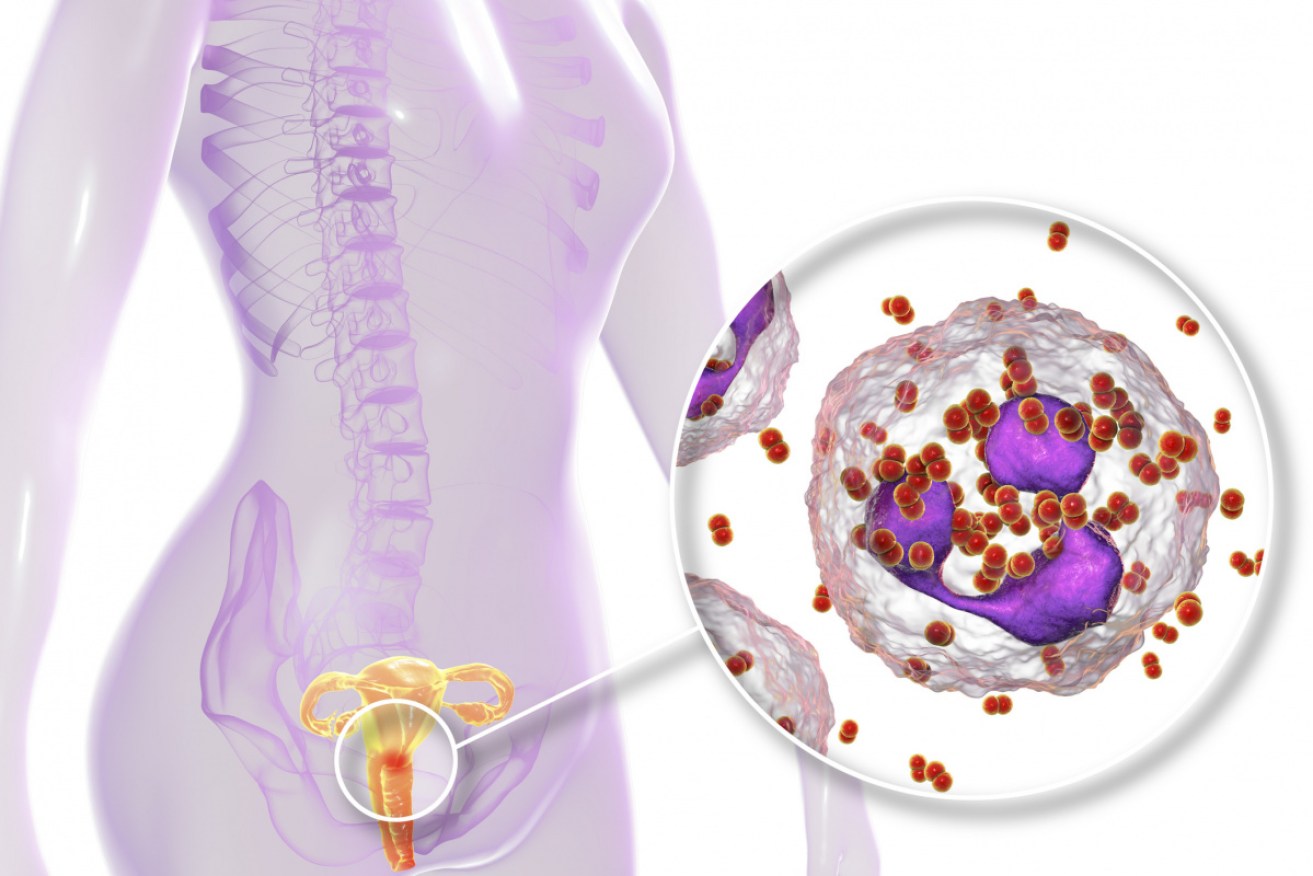Drug-resistant superbugs lurk ‘within Australia and at our doorstep’, scientists warn


Drug-resistant infectious diseases, such as gonorrhoeae, pose a growing threat. Photo: Getty
A “black hole in surveillance” has left Australia vulnerable to drug-resistant superbugs including typhoid and gonorrhoeae, researchers have warned.
There is currently a “large reservoir of antimicrobial resistance” (AMR) both “within Australia and at our doorstep”, the authors of an article published by the Medical Journal of Australia on Monday said.
The World Health Organisation describes AMR as “the ability of a micro-organism (like bacteria, viruses, and some parasites) to stop an antimicrobial (such as antibiotics, antivirals and antimalarials) from working against it”.
“As a result, standard treatments become ineffective, infections persist and may spread to others.”
Humanity is facing an “evolutionary struggle against microbes”, and the microbes hold a crucial advantage, Microbiological Diagnostic Unit Public Health Laboratory deputy director Deborah Williamson and colleagues wrote.
“In this instance, the evolutionary advantage of microbes over humankind has been greatly amplified by the global selection and dissemination of AMR, largely due to our misuse and overuse of antimicrobials.”
From the miracle of antibiotics to the horror of antimicrobial resistance
The introduction of antibiotics in the mid-20th century provided a “transformative defence” against infectious diseases, leading to “lifesaving advances” in medical care, Associate Professor Williamson and colleagues wrote.
Despite the “high level of health care” enjoyed by most Australians, the global rise of antimicrobial resistance presents “unique threats” to the nation.
“We face a situation where common bacterial infections may again become untreatable, and the vulnerable in society capitulate to infection,” the researchers warned.
The authors described four pathogens that are highly resistant, and emerging, but are not yet endemic in Australian health care and community settings.
In health care facilities, those threats are:
- Carbapenemase-producing Enterobacteriaceae (CPE): Mortality rates of about 40 per cent have been reported for infections caused by CPE, making these pathogens a critical public health threat, the authors said. The number of CPE reported in Australia increased from 527 in 2017 to 603 in 2018, a relative change of 14.4 per cent.
- Candida auris, a yeast: “Ongoing vigilance, including screening of patients with recent exposure to overseas health care facilities, is required to prevent endemicity in Australia”, the authors said.
Threats in the community:
- Drug-resistant typhoid from a Pakistan province, thought to be acquired from E. coli: “It is imperative that travellers to Pakistan and clinicians treating patients returning from this region are aware of these heightened health risks,” the authors said.
- N. gonorrhoeae: “In the face of dramatically increasing gonorrhoeae notifications in Australia (from 66.9 to 125.9 notifications per 100,000 population in 2014 and 2018, respectively), a concerted national effort is required,” the authors said.
While advances in genomic technology provide “unparalleled opportunities to move existing surveillance systems beyond number-counting”, there is currently no “formal national mechanism for rapid, real-time sharing and analysis” of AMR data, Associate Professor Williamson and colleagues wrote.
This creates a “major risk” for the successful implementation of the National Antimicrobial Resistance Strategy, they said.
To make matters worse, laboratories are shooting themselves in the foot by adopting diagnostic testing methods that “hamper” their ability to detect AMR, creating a “black hole in AMR surveillance” of potentially killer superbugs, the authors wrote.
“It is critical that Australia also implement nimble, cross-sectoral and collaborative systems that are fit for purpose in the 21st century.”








